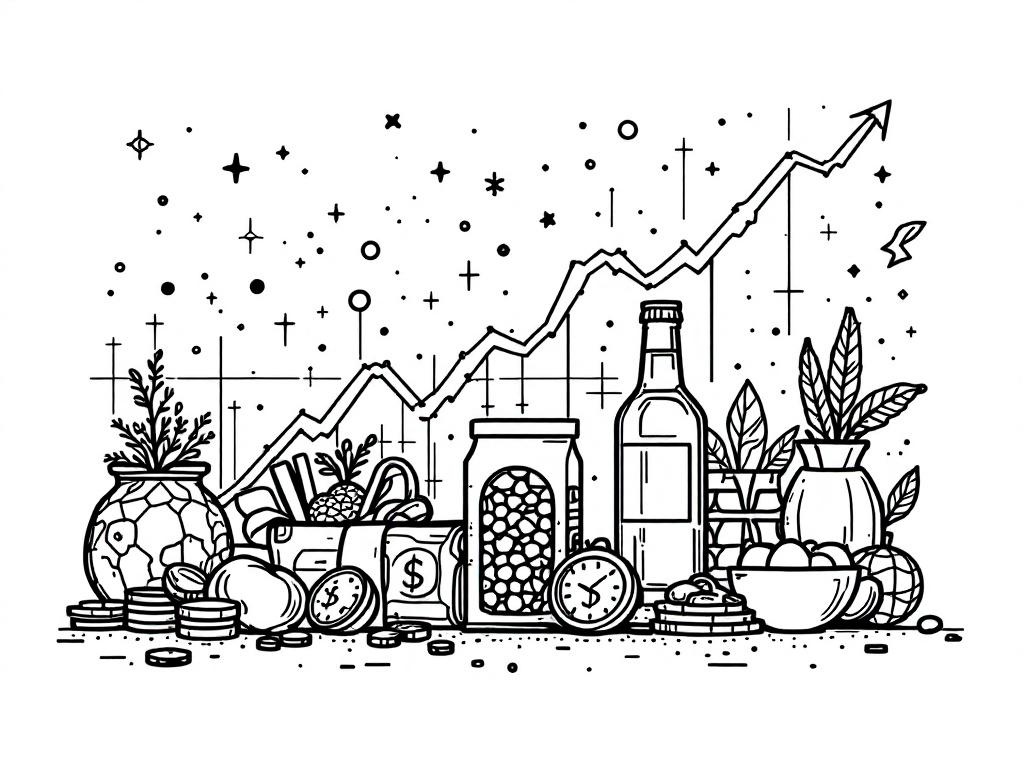Global Food and Beverages Market to Skyrocket by 2034

New York, Tuesday, 17 June 2025.
By 2034, the food and beverages industry is set to expand to $11.6 trillion, propelled by rising organic product demand and e-commerce growth, as meat and seafood lead the market.
Market Growth Projections Driven by Emerging Trends
The global food and beverages market, valued at $6.68 trillion in 2024, is on course to reach $11.6 trillion by 2034. This anticipated growth trajectory translates to a compound annual growth rate (CAGR) of 5.54%. The progression stems largely from the burgeoning demand for organic products and the parallel growth of e-commerce platforms, which are revolutionizing how consumers interact with food and beverage brands [1].
Impact on Economic Landscape
This growth holds profound implications for the global economy. A transformation in consumer preferences toward health-conscious and convenient options is evidenced by the dominion of meat, poultry, and seafood segments, anticipated to be significant contributors to market valuation. Such shifts signify evolving consumer priorities and present lucrative opportunities for industry players to innovate and expand [1][2].
Regional Perspectives and Competitive Landscape
Regionally, the fastest-growing markets within this sector are projected to be Africa and the Midden-Oosten, with CAGRs of 9.99% en 9.16%, respectively, underscoring the increasing economic integration of these regions into global commerce. Meanwhile, Nestle S.A. remains a dominant force within the market, albeit amid a highly fragmented competitive environment that persists from 2023, where the top 10 competitors hold merely 9.33% of the total market share [2][3].
Challenges and Strategic Opportunities
Challenges such as stringent regulations and potential impacts of climate change on agriculture and food production loom over these projected gains. Nonetheless, industry players are strategically pivoting towards sustainability and innovation, focusing on plant-based foods, biodegradable packaging, and alternative proteins to drive future growth. These strategies will be crucial in navigating potential obstacles and maximizing market opportunities in the coming decade [2][4].